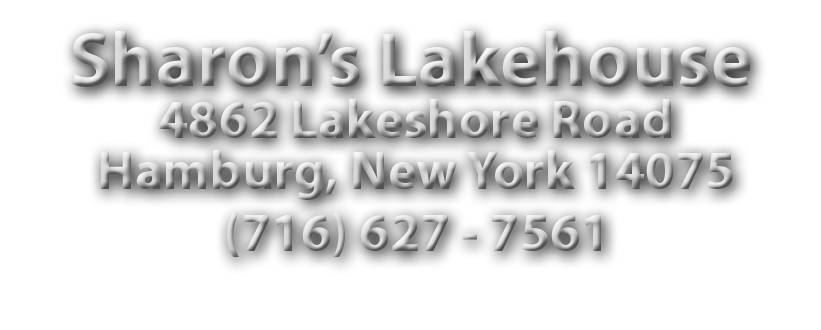Basic Principles of Typography Optimization in Responsive Web Design
Approach heard a whole lot about Responsive Web Design (RWD), as it is one of the talked about topics on the net nowadays.
Yet , most of the conditions, grids and pictures, fluidity and flexibility grab all of the attention and barely any discussion within the typography.
Though it’s among the essentials that demand importance but many designers in some way tend to disregard this feature. In this article, my only focus is usually on reactive typography in relation to the website style.
Content, even though the most vital ingredient of any site, blog, forum or directory website, is it is content and the way it is presented. However the focus of designers is mostly on the webpage design. This is when the problem arises.
The adaptable web design previously takes care of this kind of aspect at some level, by which includes some standard of responsive typography. Yet this cannot be known as complete but it surely comes full of numerous typographic options. Yet , before we all go into the information, let us earliest understand what responsive typography is normally.
What is Responsive Typography?
Receptive typography shows that the text online is not only resizable depending upon the screen size of your device, www.conteverdebasket.it although is also optimized in order to improve readability. At present, we can not only apply desktops or perhaps laptops to access internet and browse websites but also make use of tablets and smart phones.
For quite long, the designers are generally solely concentrating on website design help to make it adaptable to the different screen sizes. There has been almost or not much effort made to optimize or perhaps adapt this article and its concept according to the display size. Responsive typography handles this issue, giving an opportunity to designers to experiment with this great article also.
Basic Principles of Receptive Typography
The concept of responsive typography works on 3 basic principles:
Resizable text
Marketing of sections length
Comparison
Whenever you make any decision about the presentation of text, it obviously starts off from the font type. Whatever type of typeface you are employing, but you need to make sure that this can be without difficulty read. If you need to keep it very basic, the only choices are Serif and Without Serif. Serif is generally utilized for headings or titles, whereas Sans Serif is used for the remainder of the content.
The logic is pretty simple. The Sans Serif font provides you with more liberty to experiment with. So , you can actually use that for the major chunk within the text. The Serif font, according to the designers, is quite severe, thus which makes it a perfect decision for headings.
Resizable Text
When selecting the font size designed for the text on your own website, make sure you specify that in the stylesheet according to different screen sizes. Nevertheless how to decide the proper font size is another issue. For this the rule of thumb is normally experiment you.
Yes, opt for the font size and review how i think when you work on a computer’s desktop, a tablet and a smartphone. Do not forget that people take a look at their mobile phones from incredibly near where as tablet is normally, most of the time, somewhat above the knees when a customer is seated. In short, distance matters. For those who have a hard time browsing it, boost the font size.
Optimization of Line Size
Optimizing the line length is quite an important aspect. The reason is that a desktop includes a bigger display and can support around 75 characters within a line although this will establish detrimental to readability on extra small screen-size. Although there are no hard and fast rules, but of course, the size of a path plays a significant role inside the visibility and readability with the content.
Therefore , choose the length of the line appropriately for different devices and ensure so it does proper rights with the screen-size as well as the overall website design.
Compare
Do not take too lightly this part of typography. Test different backgrounds and color clashes before going live and make a decision on the one that appears best. While testing, you could realize that something which looks really nice over a desktop might not produce the same effect when ever seen on the smartphone or possibly a tablet either.
So , the rule of thumb is normally, experiment with numerous devices practical when it comes to Reactive Web Design and responsive typography. Buy or borrow, although make sure that the solution works with all screen sizes and looks absolutely amazing.
